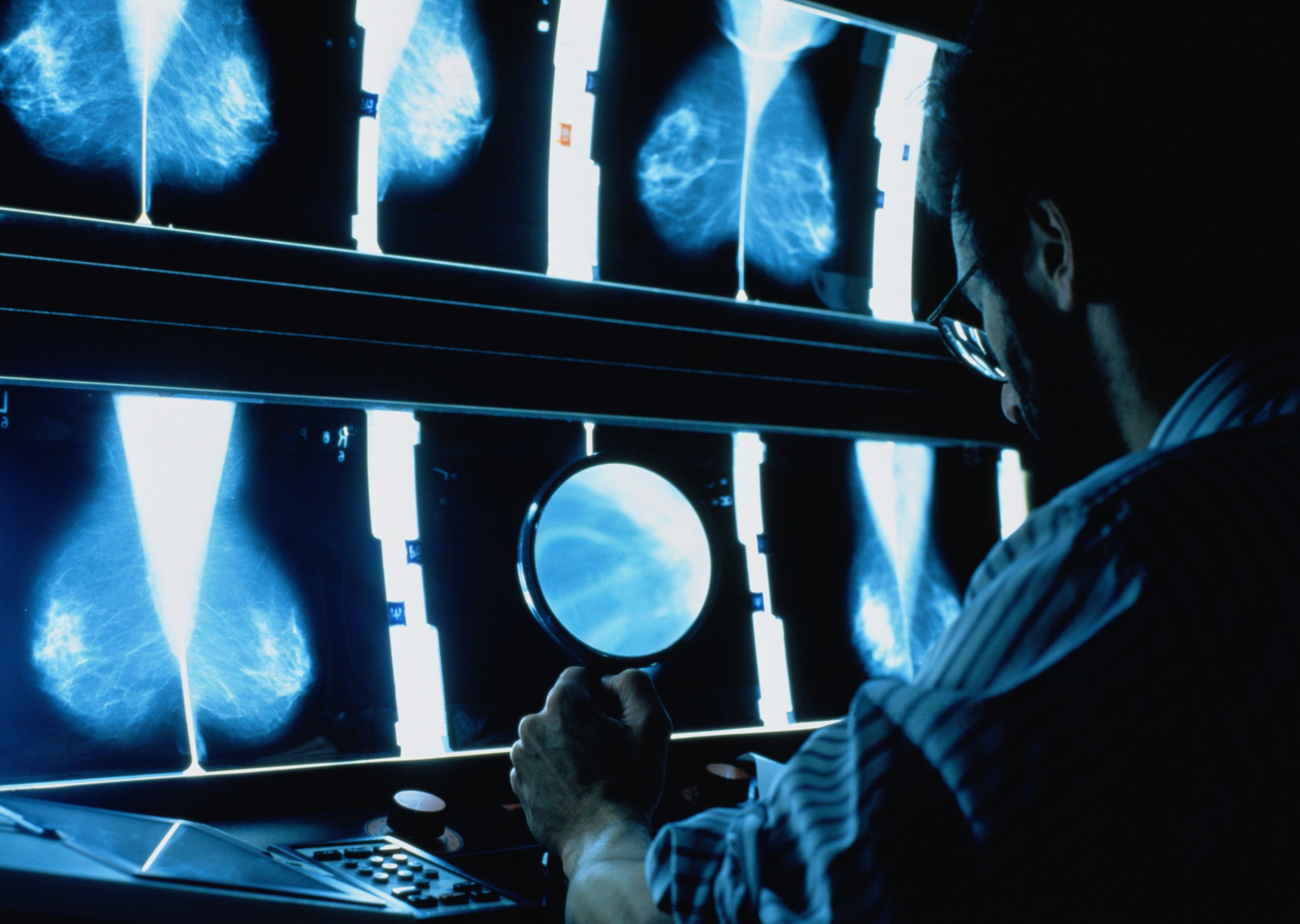
The vast majority of mammograms provided in the United States use computer-aided detection (CAD), which is a technology that’s supposed to highlight areas of the mammogram that may be suspicious. The goal is to help radiologists in their review of breast cancer screenings.
But a new study published in the journal JAMA Internal Medicine questions whether mammography with CAD really improves diagnostic accuracy. Earlier evidence suggested that the use of CAD could improve mammography detection rates by 20%, but other evidence indicates they do not improve screening accuracy and perhaps even lead to over treatment.
In the new study, researchers looked at mammograms from 323,973 women who underwent breast cancer screenings. There were 495,818 mammograms with CAD and 129,807 without and the results were interpreted by 271 radiologists from 66 different facilities. The researchers concluded that CAD did not improve diagnostic accuracy and overall there was no beneficial impact of CAD on mammography interpretation. “These results suggest that insurers pay more for CAD with no established benefit to women,” the researchers concluded.
The study did find a higher detection rate for ductal carcinoma in situ (DCIS), also known as “stage 0 cancer” when mammograms were assessed with CAD, but the study authors note that finding more low-grade DCIS may not actually improve women’s outcomes.
In a corresponding editorial to the study, Dr. Joshua J. Fenton of University of California, Davis writes that the medical community should have a conversation about whether we should still be paying for CAD. “The field of implementation science should take interest in interventions like CAD that are widely adopted in advance of strong evidence of effectiveness. What made CAD so alluring to patients, practitioners, or both, and why were payers willing (at least initially) to finance CAD? How is it that CAD is applied on 90% of US mammograms when it yields no clear benefits to patients?”
Though more research may be needed, the researchers write that their results “lend no support for continued reimbursement for CAD as a method to increase mammography performance or improve patient outcomes.”
More Must-Reads from TIME
- Why Trump’s Message Worked on Latino Men
- What Trump’s Win Could Mean for Housing
- The 100 Must-Read Books of 2024
- Sleep Doctors Share the 1 Tip That’s Changed Their Lives
- Column: Let’s Bring Back Romance
- What It’s Like to Have Long COVID As a Kid
- FX’s Say Nothing Is the Must-Watch Political Thriller of 2024
- Merle Bombardieri Is Helping People Make the Baby Decision
Contact us at letters@time.com